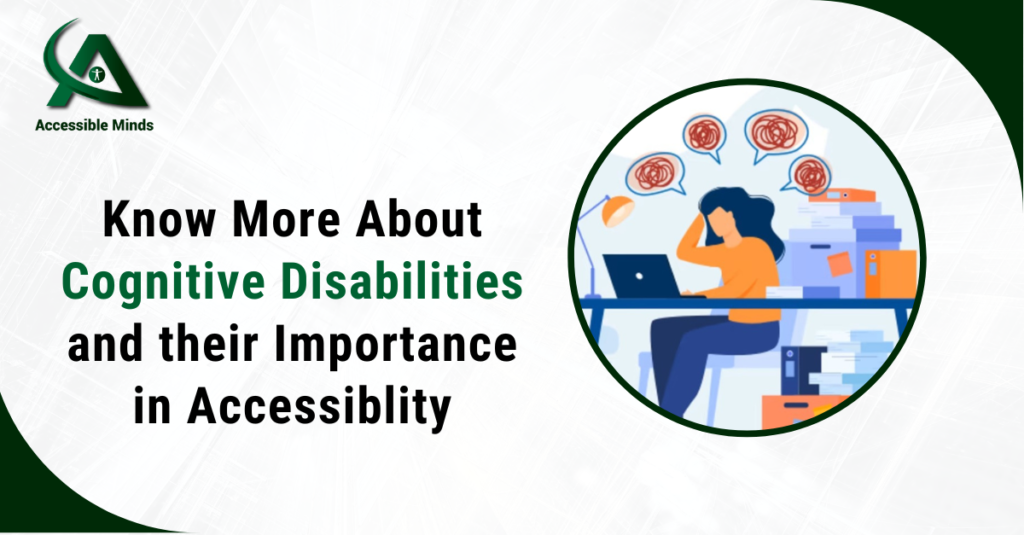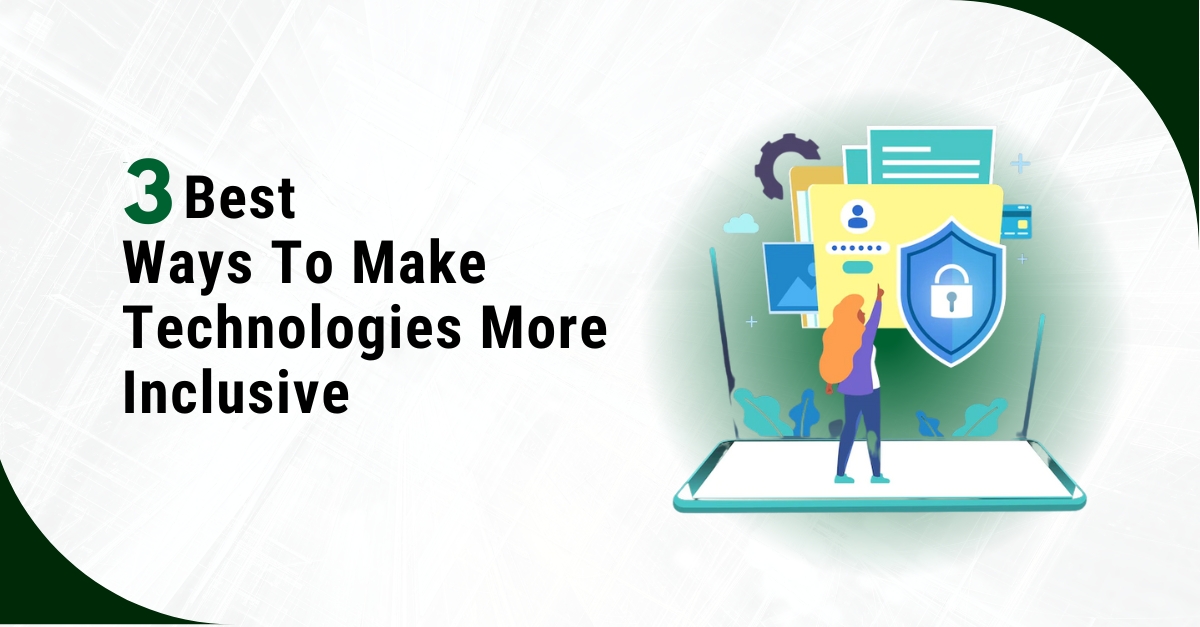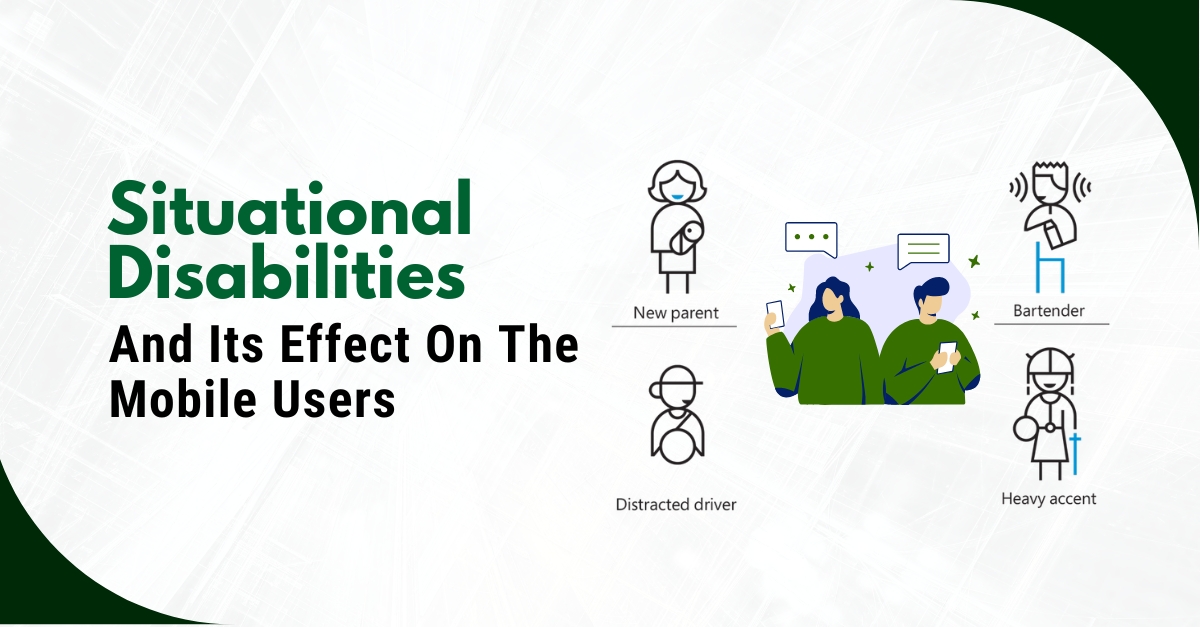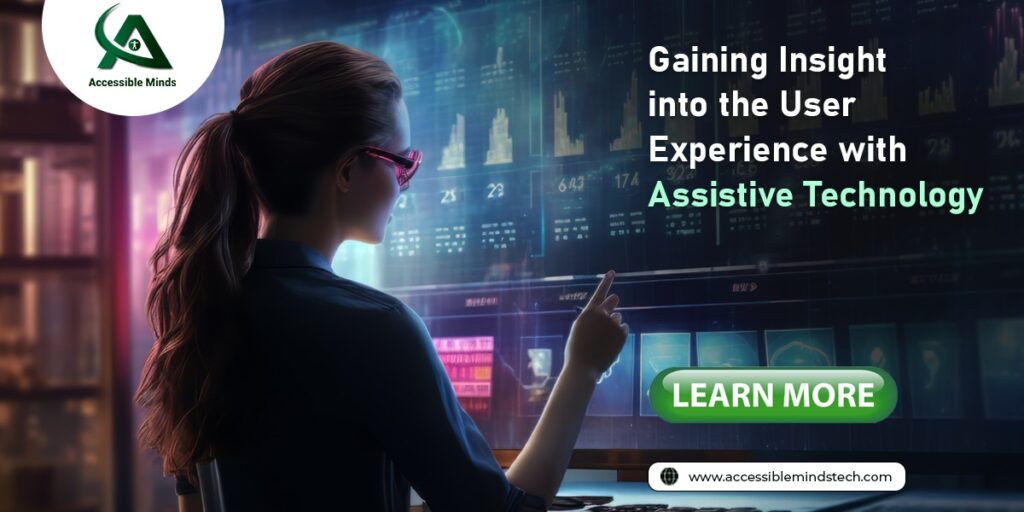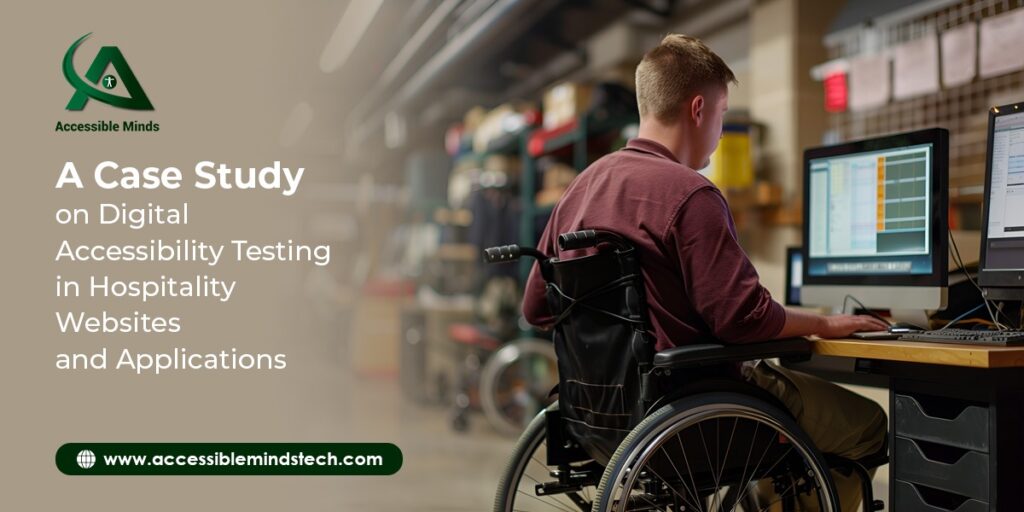When we discuss disability; we generally consider 5 types of challenges – visual, hearing, verbal, motion, and thinking. While the first four disability categories are widely discussed; thinking disability is a section that needs more attention.
Thinking or cognitive disability impacts the ability of logical thinking, emotions, problem-solving skills, memory, and many other functions that engage the brain. Digital accessibility is much required for them.
In the present time, technology is not for play and entertainment only. Almost every work in our daily life depends on technology – be it reading, listening, watching, or interacting. Unless the technology is accessible to people affected with a cognitive disability; it is challenging for them to execute the basic necessities of life.
We need a broader understanding of the conditions and the challenges they face, to make web technology accessible to people with cognitive disabilities. There are several sectors like attention spans, memory, learning, following orders, understanding sequences, and executing any task; where the cognitively disabled person faces issues. For example, it may be extremely frustrating for a person with Autism to fill up a simple web form.
While developing any web technology; the developer must keep in mind the initial stage of the product lifecycle. The Web Content Accessibility Guidelines (WCAG) came up with guidelines for accommodating accessibility to people with neurocognitive difficulties, intellectual disabilities, and other related conditions.
Let’s take a look at why; every web product should prioritize cognitive disability.
There are several conditions like autism, ADHD, dyslexia, and memory loss that directly affect the way people interact with digital content. If cognitive accessibility is not a priority to the people who have developed the web products; then people affected with cognitive disability may not use the website or application.
Here are some examples of scenarios that may be quite common for people with cognitive differences.
1. To log in, most websites need usernames and passwords but users with memory impairments find it difficult to remember the details and complete the process with ease
2. Many people with neurocognitive disorder prefer to avoid videos and podcasts or any other content which are non-text. If the website does not have any alternative text of those visual contents; then the users will move to some other websites
3. Images with blinking effects or any other distracting elements can divert the attention of the users from the important information.
4. Forms with time limitations are confusing and frustrating for the users
To make your website accessible to people with cognitive disabilities; it is very important to create accessible content. Accessible Minds will help the clients to follow all the required compliances so that the web product will be easily accessible to people with cognitive disabilities.

